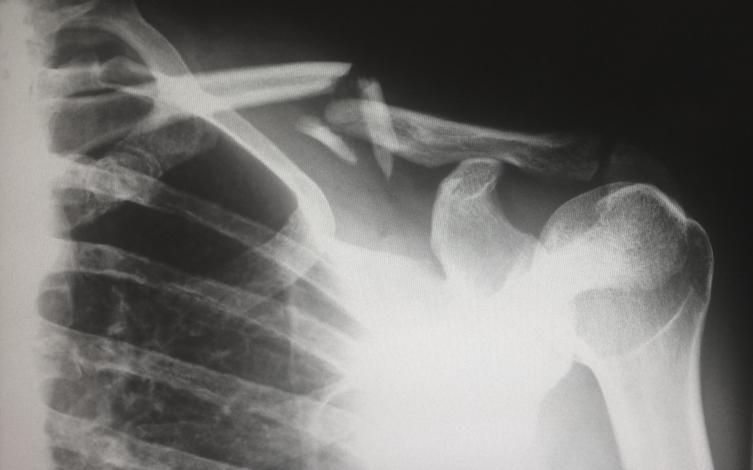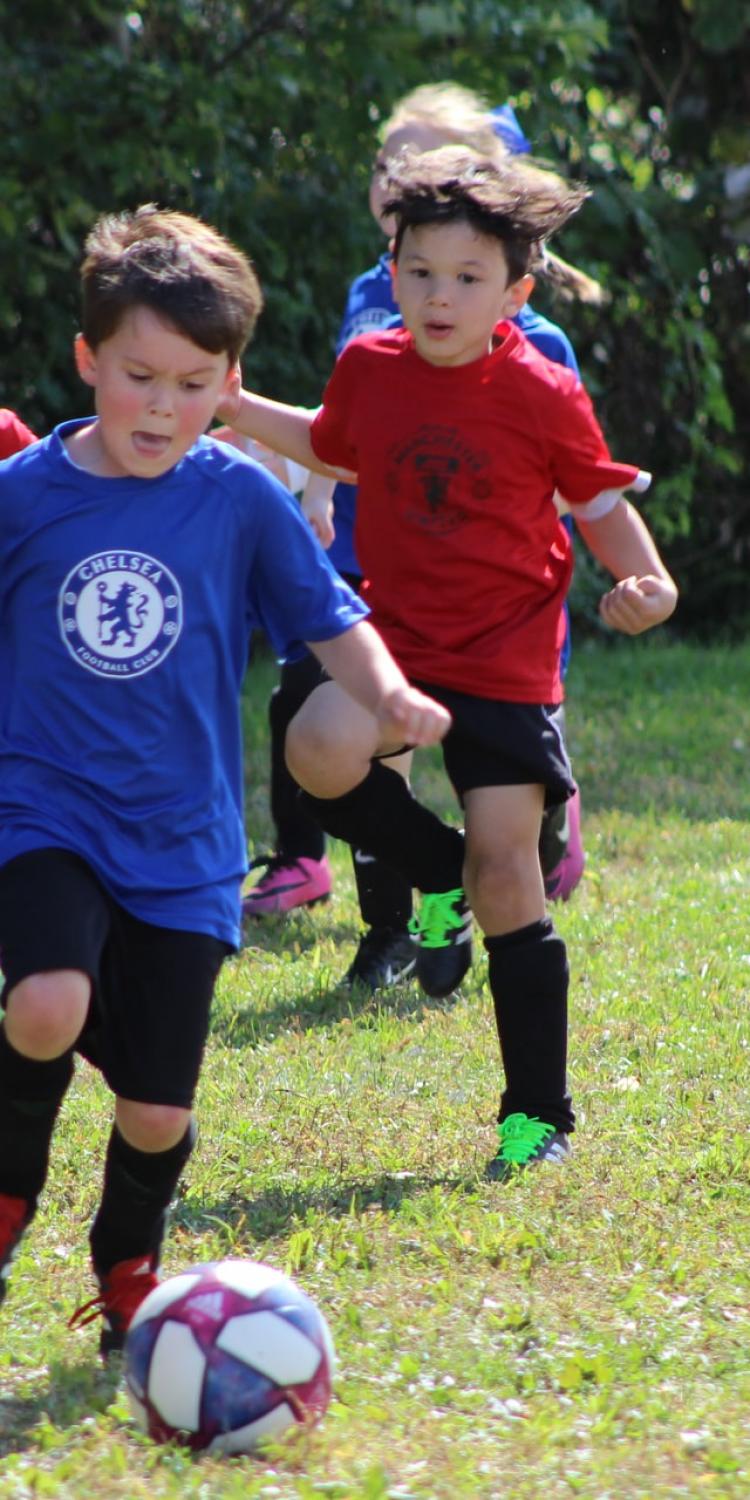Working Out While Injured
This post contains references to products from one or more of our advertisers. We may receive compensation when you click on links to those products. Terms apply to the offers listed on this page. For an explanation of our Advertising Policy, visit this page.
Most injuries will require you to modify how you work out, but can be worked around.
Injuries are no fun. It doesn’t matter where it is, it’s not fun to be injured. You’re no longer able to move around and do things the same as you did before. If you have kids (which most do that are reading this), it’s even less fun since you’re also going to be restricted in how you are able to interact with them.
Injuries should not be used as an excuse though. To be very clear, I am not a doctor and I do not know your actual injury. You should speak with a licensed professional to know what’s best for you. For the majority of injuries that people have, they should not be used as an excuse to do nothing. Just the opposite - an injury should be used as a way to become more creative and work even harder to achieve what you want.
Be smart about how you approach working around an injury. If you’ve injured your lower back, don’t try to do deadlifts or core and ab exercises. That will just make things worse. However, if you’ve injured your leg, you could certainly continue to do exercises that require your upper body. Are your legs going to get weaker? Sure. But there’s no reason that your upper body should suffer as well. .
Without knowing your exact injury, it’s impossible to say exactly how you should modify your life. Use your head and think through possible ways that you can continue to be effective while also allowing your injury to heal. Wrist or arm injury? Workout lower body and the other arm that’s not injured. Lower body injury? Workout your upper body. Core injury? Do isolation exercises on the upper and lower body - lower weight and intensity as needed as well.
If your injury is serious or chronic, talk to your doctor. However, you may have to modify exercises for the rest of your life depending on your body and where things are at. You may not be able to load a barbell up with weights to squat or deadlift any longer. Whatever the injury, you may have to find new exercises that you can do. They may not be as effective, but that doesn’t mean that you should sit and do nothing.
I have plantar fasciitis in my right foot. I used to run on a very regular basis, but I’m no longer able to without severe pain in my foot (the next day is when it’s really painful). While I may opt for surgery in the future, I’ve not done so yet as I was hoping that it could be treated without surgery (I’ve had this for 2 years and at one point had stopped running for 6 months and upon resuming the pain was back within a couple of weeks). Does that mean that I’ve stopped all cardio? Absolutely, not. Instead, I’ve moved into other forms of cardio such as bike riding. While I don’t like it as much as running, it also allows me to play with my kids the next day after doing it. Instead of just doing nothing, I figured out a way to work around my injury.
Don’t let an injury completely stop your fitness routine when possible. It should not be an excuse to stop. Figure out a way to workaround your injury and continue to strive for your goals.





